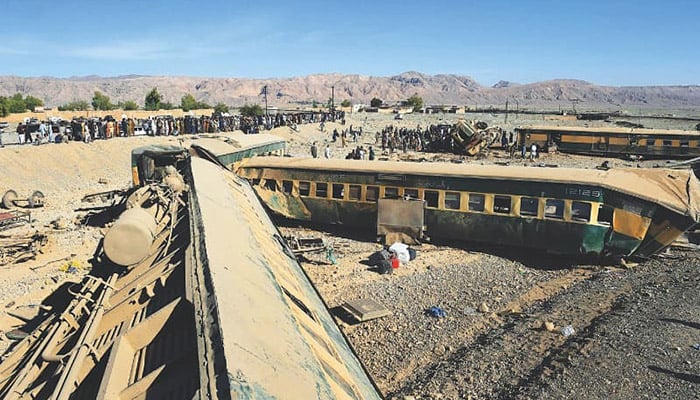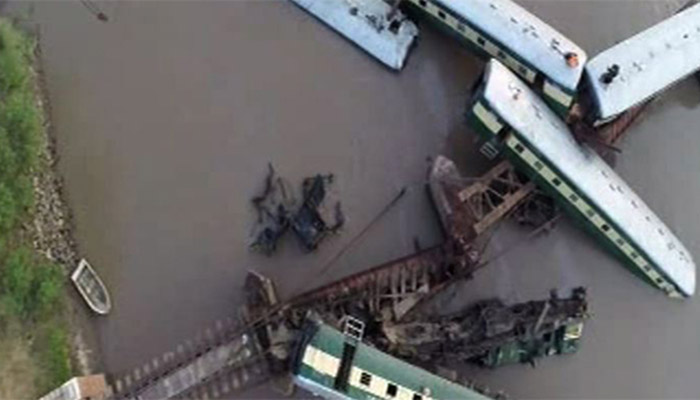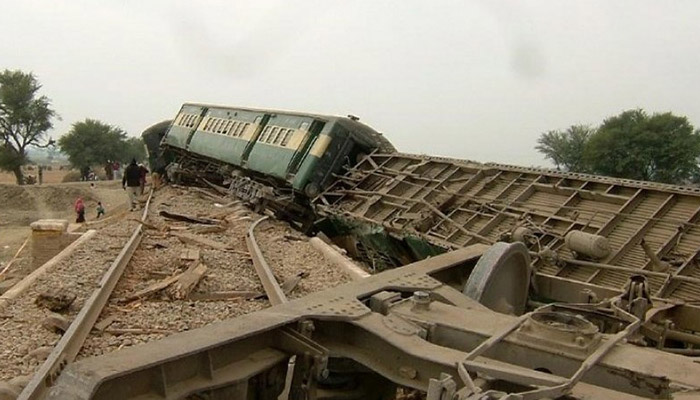Going off the rails: The state of Pakistan Railways
With billions of rupees in annual losses, Pakistan Railways has failed year after year to meet the mobility needs of a growing nation.
May 20, 2017
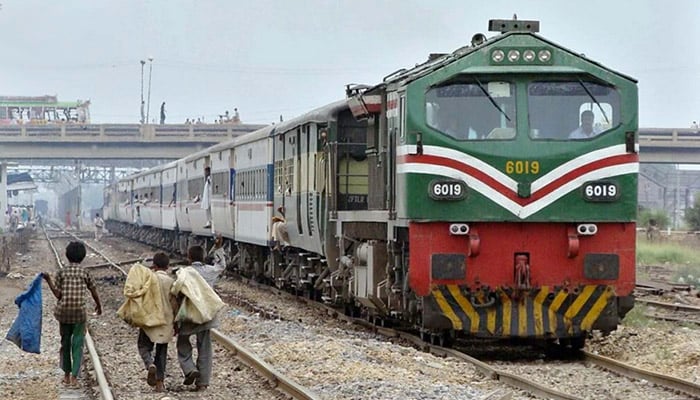
With over 190-million people spread over 800,000 square km, Pakistan needs a robust multimodal transport network to maintain and promote economic and social connectivity. Pakistan Railways, if left to its own devices, is unlikely to transform from a money-losing state enterprise to an efficiently operating transport company.
Intercity travel in Pakistan, currently dominated by road transport, could be more efficient and affordable with rail. However, with billions of rupees in annual losses, Pakistan Railways has failed year after year to meet the mobility needs of a growing nation.
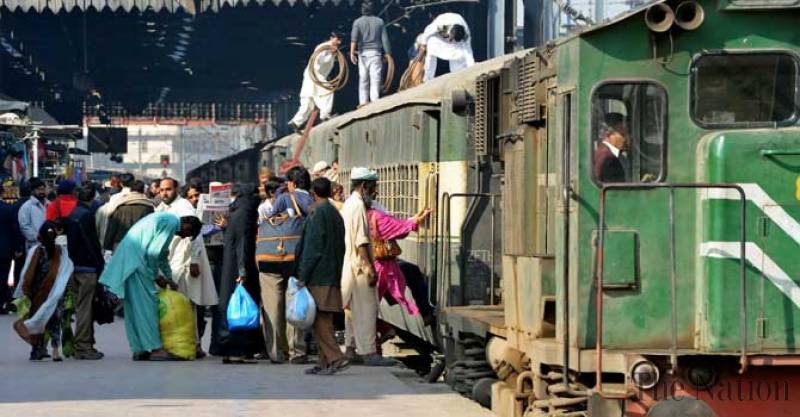
Though it may be convenient to hold the Pakistan Railways responsible for its shortcomings, the structural flaws responsible for its sustained failure result also from political interference. Being a state-owned enterprise, Railways double as a charity by being the social security networks for thousands of Railway workers, their descendants, and dependents. For Railways to be operationally efficient and financially self-reliant, the state must free Railways of its charitable obligations that cost billions in overall losses.
Recent submissions by Railway authorities to the National Assembly and Senate offer insights into Railways operations and finances. Even when Railways experience an increase in revenues, the operating and other expenses increase at a higher rate, resulting in significant financial losses. At the same time, accidents and incidents continue to plague Railways resulting in loss of life and property, and disruption to Railways’ passenger and freight services.
In a submission to the Senate in September last year, Pakistan Railways disclosed losses of Rs. 26.99 billion in the fiscal year 2015/16. Railways incurred total expenses of Rs. 63.2 billion in the same year, whereas revenues were estimated at Rs. 36 billion. Even with billion of rupees in revenue, the Railways continue to run losses.
Pakistan Railways, just like Pakistan International Airlines (PIA) and Pakistan Steel Mill (PSM), is a Public-Sector Entity (PSE). While it may have some latitude in managing and delivering services, it depends on the federal government for determining wages, pensions, and benefits of its serving employees and their dependents, and the survivors of deceased employees.
Pakistan Railways informed the Senate that the increase in expenses was partly because of an increase in the salary and pensions of federal government employees who work for the Railways. But this is not all. The government instructed Railway authorities (and other state entities) to extend family pension of deceased employees to widowed or divorced daughters “for life or till her remarriage.” With over 120,000 pensioners the legacy costs of pensions and benefits alone could limit Railways’ prospects for profitability.
Pakistan’s state-run railways operate 104 passenger trains. Of those, 62 trains report operating losses, according to one media report. The remaining 42 trains are in fact responsible for 80 percent of the passenger revenue. The passenger services generated Rs. 20.39 billion in revenues in fiscal year 2015/16 of which Rs. 17.45 billion was produced by the mainly long distance trains. Freight services produced an additional 10.59 billion rupees in 2015/16.
The Pakistan Railways also faces criticism for a dismal safety record. Last month, Railways told the National Assembly that over the past four years, a total of 338 accidents involved its trains of which 149 were major accidents. The accidents resulted in the death of 118 individuals over the four-year period.
On the face of it, the accident statistics appear excessive. However, a comparison with the Canadian statistics would reveal that accidents and incidents reported by Pakistan Railways might not be outrageous. Consider that in 2015, 1200 rail accidents were reported to the Transport Safety Board of Canada. On average, rail accidents resulted in 83 fatalities per year over a five-year period in Canada. There is, however, a difference. Most deaths in Canada result from trespassing or at a railway crossing. Collisions between trains are rare in Canada, but frequent in Pakistan.
A scorecard released by the Asian Development Bank last year revealed that Pakistan Railways, along with other PSEs, is accumulating trillions in losses. The cumulative losses incurred by the three PSEs, namely Pakistan Railways, PIA, and PSM, totalled Rs. 705 billion over a three-year period ending in 2015/16. At the same time, the power sector companies accumulated a loss of Rs. 348 billion. The combined three year of losses of power sector businesses and the three large PSEs over a three-year period exceeded a trillion rupees.
Pakistan Railways is one of the 191 PSEs owned by the federal government, according to the ADB. Collectively, their assets’ estimated worth is around 9.4 trillion rupees with an employee base of 420,000. Pakistan Railways accounts for 20 percent of the PSE employee base in Pakistan. Of the 191 PSEs, 150 report losses. The multi-year losses declared by the three large PSEs alone is approaching trillions.
Pakistan Railways has the potential to transform into a leading transport company moving millions of passengers and tonnes of freight. The prerequisites for a successful rail company include a high demand for intercity travel coming from a large population base. At the same time, intercity distances, except for the long-haul between Peshawar and Karachi, are moderate that make rail a competitive mode to air travel.
What is needed for Pakistan Railways is a complete structural overhaul where it increases the pace of outsourcing its operations to private sector operators. The number of workers must be rationalised for the size of the operating fleet, and passenger kilometres travelled and freight transported.
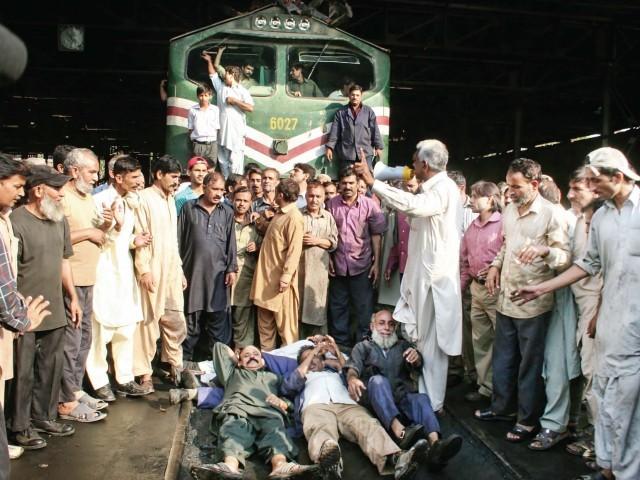
At its current service levels, Railways cannot justify an inflated workforce of over 80,000 employees and 120,000 pensioners. Pakistan Railways also must transfer its long-term employee and retiree benefits to other state-run welfare programs so that Railways may remain a transport company rather than transforming into a public sector charity.
Haider is a professor at the Ted Rogers School of Management at Ryerson University. He researches real estate markets, transport and infrastructure, and economic development. He is the author of 'Getting Started with Data Science: Making Sense of Data with Analytics.'
